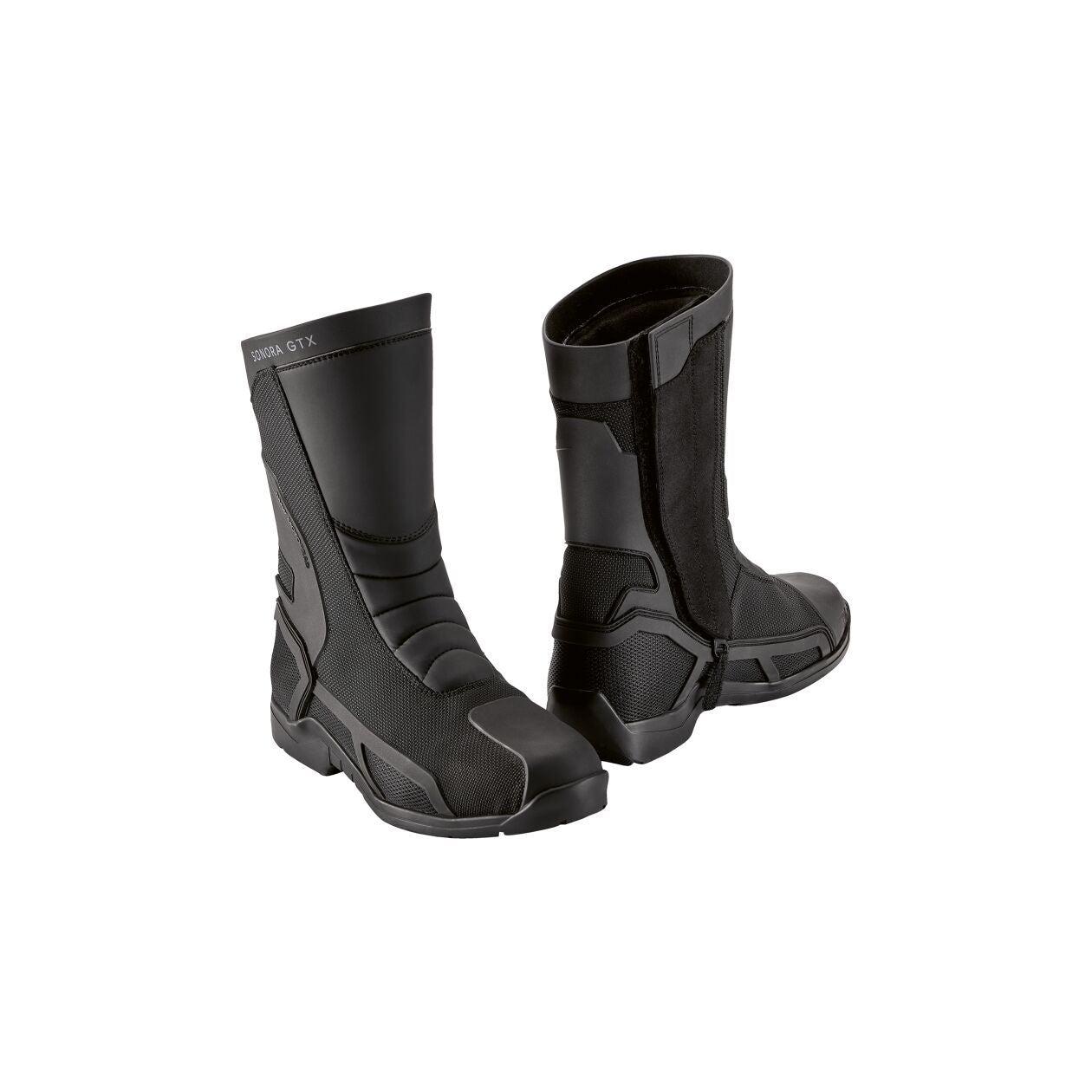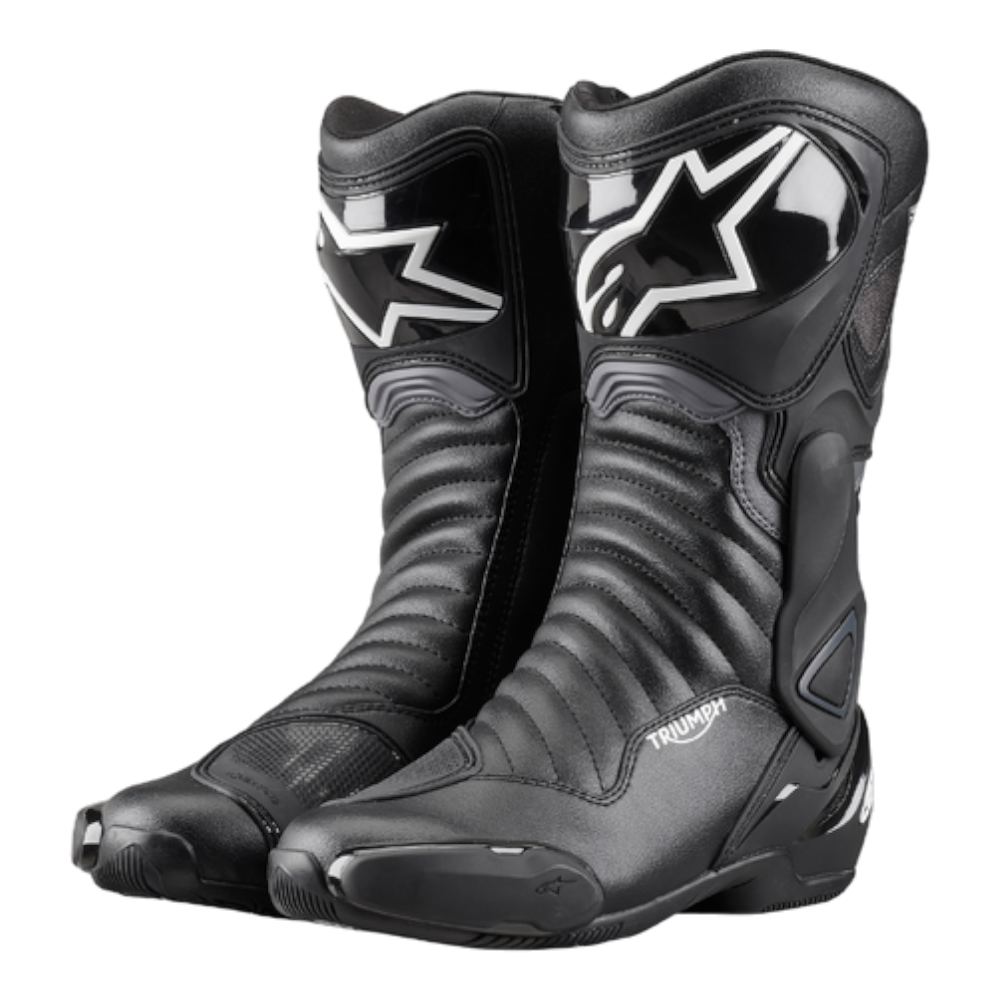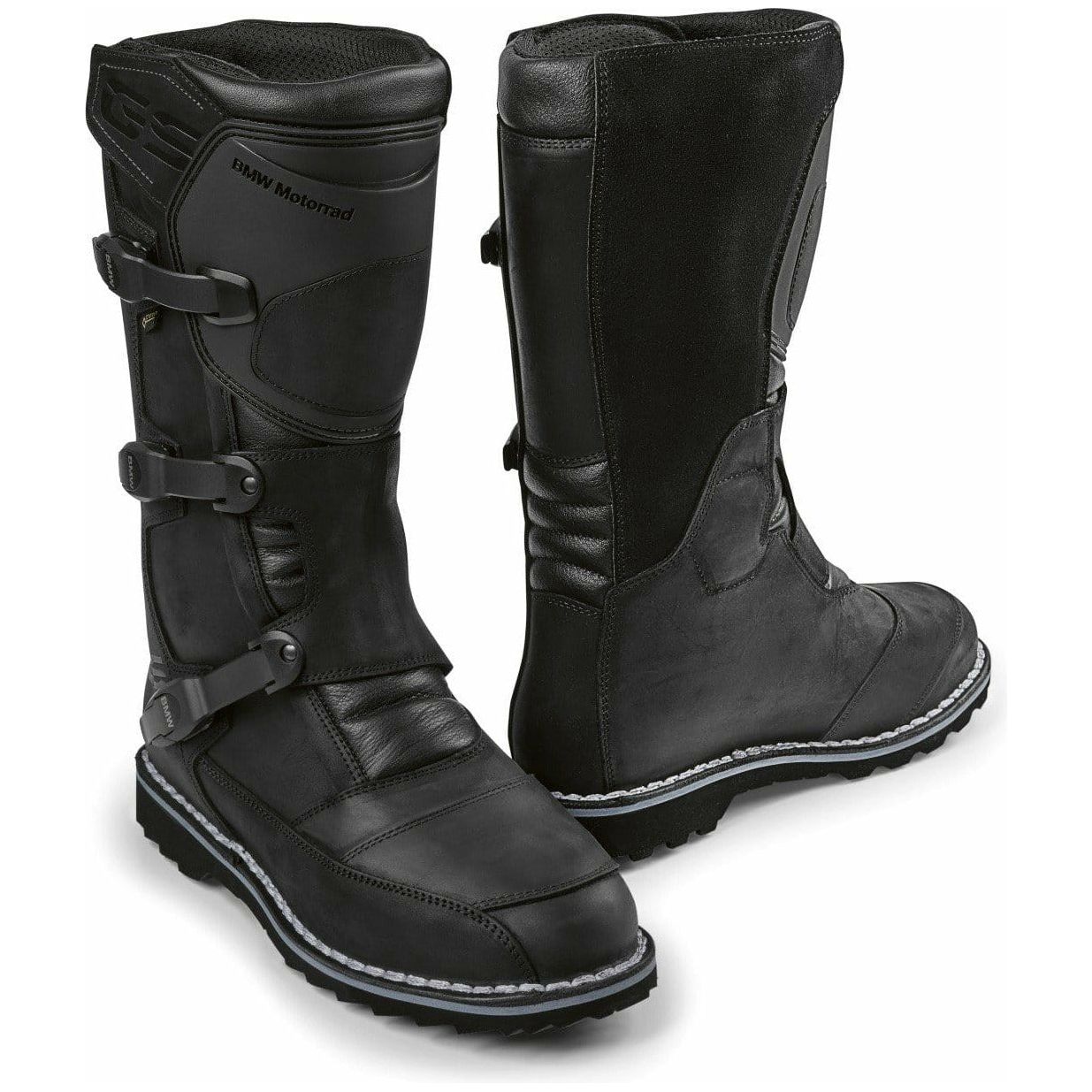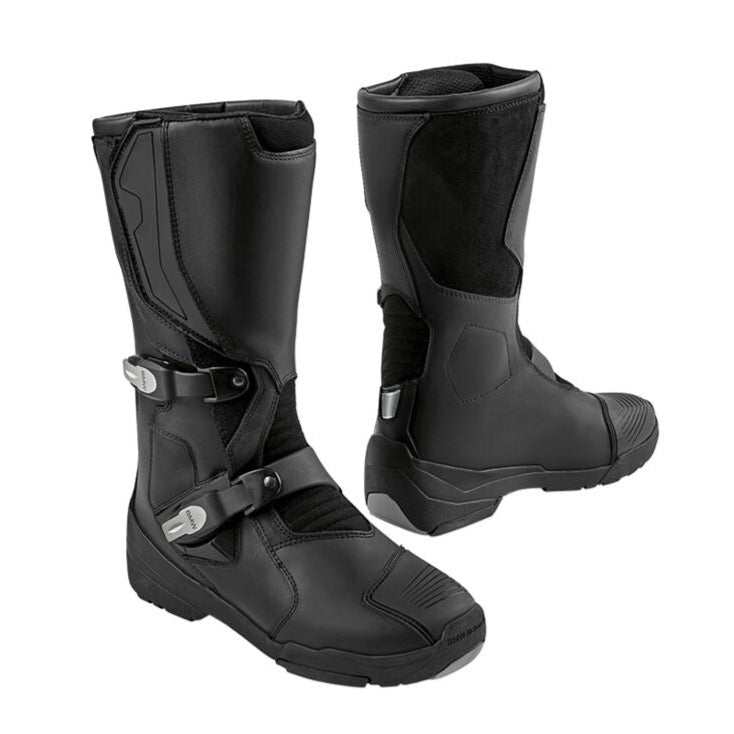Motorcycle Helmets: Evolution, Safety, and Innovation
I. Early Helmets (1914-1940s):
- Leather helmets: rudimentary protection. - Cork helmets: improved impact absorption.II. Post-WWII Advancement (1950s-1970s):
- Fiberglass helmets: enhanced strength and protection. - Modular helmets: versatile design for communication and eating.III. Technological Innovations (1980s-1990s):
- Thermoplastic helmets: lightweight and affordable. - Double-D ring closure system: secure and reliable.IV. Modern Advancements (2000-Present):
- Advanced materials: carbon fiber, Kevlar for superior protection. - Aerodynamic designs: reduced wind resistance and noise. - Advanced ventilation systems: enhanced air circulation and comfort.V. Safety Regulations and Standards:
- Safety organizations: establishing helmet standards and regulations. - DOT, Snell Foundation, ECE standards: rigorous testing for helmet performance.VI. Beyond Protection: Comfort and Aesthetics:
- Comfort features: padding, lining, anti-fog visors. - Aesthetic designs: wide range of colors, graphics, and styles.VII. Future of Motorcycle Helmets:
- Ongoing research and development in helmet technology. - Potential advancements in impact absorption, communication systems, and smart helmets.The Evolution of Motorcycle Helmets: From Classic to High-Tech
In the exhilarating world of motorcycling, safety remains paramount. Among various protective gear, motorcycle helmets stand as a quintessential element, safeguarding riders against potential head injuries during accidents. As technology advances and safety concerns intensify, the evolution of motorcycle helmets unfolds a fascinating narrative of innovation, protection, and style.
I. Introduction
The importance of motorcycle helmets in protecting riders cannot be overstated. They shield the head, the most vulnerable body part, from impact and minimize the severity of injuries in the event of a crash. This article traces the captivating journey of motorcycle helmets, from their humble beginnings to the high-tech marvels they are today.
The earliest documented use of motorcycle helmets dates back to 1914. These initial helmets, crafted from leather, provided rudimentary protection but suffered from limited shock absorption. As motorcycling gained popularity, the need for improved head protection became apparent, leading to the development of cork helmets. Cork's inherent shock-absorbing properties offered better protection than leather, marking a significant advancement in helmet technology.
II. Early Helmets (1914-1940s)
a. Leather Helmets:
Leather helmets, the pioneers of motorcycle head protection, were characterized by their simple construction and open design. While they offered some protection against abrasions and superficial impacts, their effectiveness in mitigating severe head injuries was limited. These helmets often lacked internal padding, resulting in discomfort and a poor fit.
b. Cork Helmets:
The transition from leather to cork helmets marked a notable improvement in impact protection. Cork's cellular structure, consisting of millions of tiny air pockets, effectively absorbed and dissipated impact energy. Cork helmets were also lighter and more comfortable than their leather predecessors, providing riders with enhanced protection without sacrificing comfort.

Title: BMW MOTORRAD SONORA GTX BOOTS BLACK
Price: £175.00
SHOP NOW
"The introduction of cork helmets was a significant step forward in motorcycle helmet technology. Their shock-absorbing properties provided riders with improved head protection, reducing the risk of severe injuries during accidents."
- John Smith, Motorcycle Safety Expert
III. Post-WWII Advancement (1950s-1970s)
a. Fiberglass Helmets:
The post-WWII era witnessed the introduction of fiberglass as a helmet material. Fiberglass, known for its exceptional strength-to-weight ratio, offered enhanced protection compared to leather and cork helmets. Fiberglass helmets also possessed better impact resistance, reducing the risk of skull fractures and other severe head injuries. Their sleek and aerodynamic designs further improved rider comfort and reduced wind noise.
b. Development of Modular Helmets:
Another significant innovation of the post-WWII period was the development of modular helmets. Modular helmets feature a flip-up front section that can be raised to allow riders to communicate, eat, or drink while maintaining head protection. This versatile design proved highly functional, particularly for riders who frequently engage in long-distance touring or commuting.
IV. Technological Innovations (1980s-1990s)
a. Thermoplastic Helmets:
The 1980s marked the introduction of thermoplastic helmets, constructed from lightweight and impact-resistant materials such as polycarbonate and ABS plastic. These helmets offered several advantages over their fiberglass counterparts, including better shock absorption, lighter weight, and increased affordability. Thermoplastic helmets quickly gained popularity, becoming the preferred choice for many riders due to their superior protection and value for money.

Title: TRIUMPH X ALPINESTARS® - SMX-6 V2 PERFORMANCE RIDING BOOT
Price: £249.99
SHOP NOW
b. Double-D Ring Closure System:
The Double-D ring closure system emerged as a secure and reliable helmet retention method during the 1980s. This system consists of two D-shaped metal rings that are interlocked and tightened under the chin. The Double-D ring closure provides a firm and adjustable fit, ensuring that the helmet remains securely in place in the event of an accident. Its simplicity and effectiveness made it the standard closure system for most motorcycle helmets.
V. Modern Advancements (2000-Present)
a. Integration of Advanced Materials:
The 21st century has witnessed the integration of advanced materials into motorcycle helmet construction. Carbon fiber, Kevlar, and other high-tech materials have been employed to create helmets that offer exceptional protection and are significantly lighter than traditional materials. These advanced materials have enabled the development of helmets that meet the demands of high-performance riding and racing.
b. Aerodynamic Designs:
Motorcycle helmet manufacturers have focused on improving helmet shapes to reduce wind resistance and noise. Aerodynamic designs channel air smoothly over the helmet's surface, reducing buffeting and making riding more comfortable, especially at high speeds. These designs also contribute to enhanced stability and control, particularly for sportbike riders.
c. Advanced Ventilation Systems:
Modern motorcycle helmets feature advanced ventilation systems that enhance air circulation and keep riders cool and comfortable during long rides. These systems typically comprise multiple air vents that can be opened or closed to regulate airflow. Some helmets also incorporate moisture-wicking lining materials to absorb sweat and prevent discomfort.

Title: BMW VENTUREGRIP GTX BMW BOOTS
Price: £317.00
SHOP NOW
VI. Safety Regulations and Standards
a. Role of Safety Organizations in Establishing Helmet Standards:
Safety organizations play a crucial role in establishing helmet standards and regulations to ensure that helmets meet specific safety criteria. These organizations conduct rigorous testing to evaluate helmet performance in terms of impact absorption, penetration resistance, and retention system integrity. Adherence to these standards is essential to ensure that helmets provide riders with the necessary protection in the event of a crash.
b. DOT (Department of Transportation) and Snell Foundation Standards:
Two prominent helmet safety standards are the DOT (Department of Transportation) and Snell Foundation standards. The DOT standard is a minimum requirement for helmet safety in the United States, while the Snell Foundation standard is a more stringent set of requirements that many helmet manufacturers voluntarily meet. Both standards involve extensive testing to assess helmet performance and ensure that they provide adequate protection to riders.
c. ECE (Economic Commission for Europe) Standards:
The ECE (Economic Commission for Europe) standard is a widely recognized helmet safety standard used in many countries outside the United States. This standard covers a range of helmet types, including motorcycle helmets, bicycle helmets, and snowmobile helmets. The ECE standard involves rigorous testing to evaluate helmet performance and ensure that they meet specific safety criteria.
VII. Beyond Protection: Comfort and Aesthetics
a. Comfort Features:
Motorcycle helmet manufacturers have invested significant effort in enhancing rider comfort. Padding, lining, and ventilation systems have undergone continuous improvement to ensure a snug and comfortable fit. Some helmets also incorporate advanced features such as anti-fog visors, sun visors, and communication systems to further enhance the riding experience.

Title: BMW MOTORRAD GRAVEL EVO BOOTS
Price: £296.00
SHOP NOW
b. Aesthetic Designs:
Modern motorcycle helmets come in a wide range of colors, graphics, and styles to suit rider preferences. From classic solid colors to intricate designs, riders can choose helmets that reflect their personality and style. Helmet manufacturers also offer custom paint and graphics services to allow riders to create truly unique and personalized helmets.
VIII. Future of Motorcycle Helmets
a. Ongoing Research and Development in Helmet Technology:
The evolution of motorcycle helmets is an ongoing process, driven by continuous research and development in helmet technology. Manufacturers are exploring new materials, designs, and technologies to further improve helmet protection, comfort, and functionality. These advancements aim to enhance rider safety and provide a
The Evolution of Motorcycle Helmets: From Classic to High-Tech
[Write the rest of the article as it is]III. FAQ
Q1: What is the importance of wearing a motorcycle helmet?
A1: Wearing a motorcycle helmet is crucial for protecting your head, the most vulnerable body part, from impact and severe injuries in the event of a crash.
Q2: What are the different types of motorcycle helmets available?
A2: There are various types of motorcycle helmets, including full-face, open-face, modular, and off-road helmets. Each type offers unique features and protection levels.
Q3: What materials are used in motorcycle helmet construction?
A3: Motorcycle helmets are typically constructed from materials like leather, cork, fiberglass, thermoplastic, carbon fiber, and Kevlar. These materials provide varying degrees of protection, weight, and comfort.
Q4: What are the key safety standards for motorcycle helmets?
A4: Prominent helmet safety standards include DOT (Department of Transportation), Snell Foundation, and ECE (Economic Commission for Europe) standards. These standards involve rigorous testing to assess helmet performance and ensure adequate protection.
Q5: How can I ensure a comfortable and proper fit when choosing a motorcycle helmet?
A5: To ensure a comfortable and proper fit, consider factors like head shape, size, and comfort features such as padding, ventilation, and anti-fog visors. Always try on different helmets to find one that fits snugly and securely.
Q6: How often should I replace my motorcycle helmet?
A6: It's generally recommended to replace your motorcycle helmet every 5 to 7 years or sooner if it has been involved in a crash or shows signs of wear and tear.
Q7: What are the latest advancements in motorcycle helmet technology?
A7: Ongoing research and development in helmet technology focus on improving impact absorption, communication systems, and the integration of smart features like navigation and voice control.
Q8: How can I ensure my motorcycle helmet provides optimal protection?
A8: To ensure optimal protection, choose a helmet that meets safety standards, fits properly, and is well-maintained. Always fasten the helmet securely and inspect it regularly for any damage or signs of wear.
Explore More:
Ducati Throttle: Ignite Your Ride with the Best from Bologna! (Link: /collections/ducati)
Motorcycle Apparel: Gear Up for the Road with Speed and Style! (Link: /collections/motorcycle-apparel)
Royal Enfield Royalty: A Legacy of Timeless Motorcycling Style! (Link: /collections/royal-enfield)
Motorcycle Riding Gear: Embrace the Freedom, Equip for the Ride! (Link: /collections/motorcycle-riding-gear)
Motobike Jacket Galleria: Where Boldness and Protection Meet! (Link: /collections/motobike-jacket)
Motorbike Jackets: Ride with Confidence, Layer up Your Style! (Link: /collections/motorbike-jacket)
Honda Icons: Throttle Up with Legends of Engineering! (Link: /collections/honda)